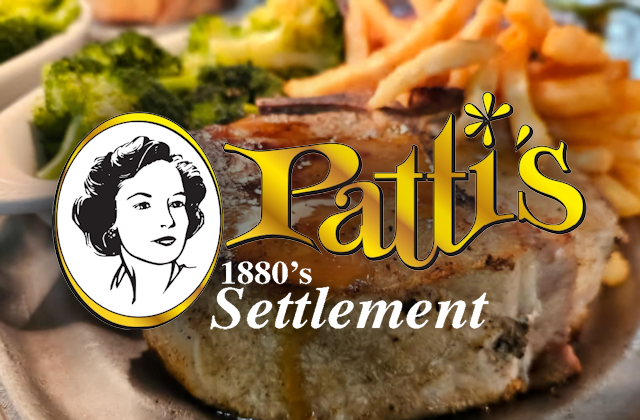Federal Agencies Announce Winter Feral Hog Eradication Campaign at LBL
November 7, 2019 | Staff Report
A collection of government agencies plan to begin a winter campaign to eradicate feral hogs at Land Between the Lakes beginning Nov. 7.
Partnering with the Animal and Plant Health Inspection Service and the Kentucky Division of Fish and Wildlife, the Forest Service plans to use aerial operations and bait trapping to euthanize feral hogs at LBL. Feral hogs are non-native and threaten visitor safety, cultural sites and native plant and wildlife species.
APHIS began assisting the Forest Service with trapping in 2014 with success but not at a rate that surpasses reproduction. In 2018, 70 feral hogs were euthanized by APHIS. In 2019, that number grew to 124. Feral hogs can have two litters each year averaging 5-10 piglets. Those offspring can give birth to a new generation in less than a year.
“Feral hogs threaten the values that make Land Between the Lakes such a special place,” said Tina Tilley, Area Supervisor at the U.S. Forest Service. “Feral hogs now pose a serious threat to the heritage sites across Land Between the Lakes and we can’t risk losing the sites that connect so many to their past.” Tilley says feral hogs are invasive but highly adaptive and can quickly outcompete native animals. “Feral hogs pose a serious threat similar to the Asian carp and we must take additional steps to make a greater impact on feral hogs now.”
The Forest Service will add the use of a helicopter to search for and direct feral hogs for wildlife specialists to shoot from the helicopter during late winter months as conditions allow. The technique is an additional tool necessary to curb the feral hog exploding population.
“Hunting wild hogs is counterproductive to agency eradication efforts,” said Terri Brunjes a Wildlife Biologist with the Kentucky Department of Fish and Wildlife Resources. “Hogs that are hunted disperse into new areas and become very difficult to find and euthanize.








